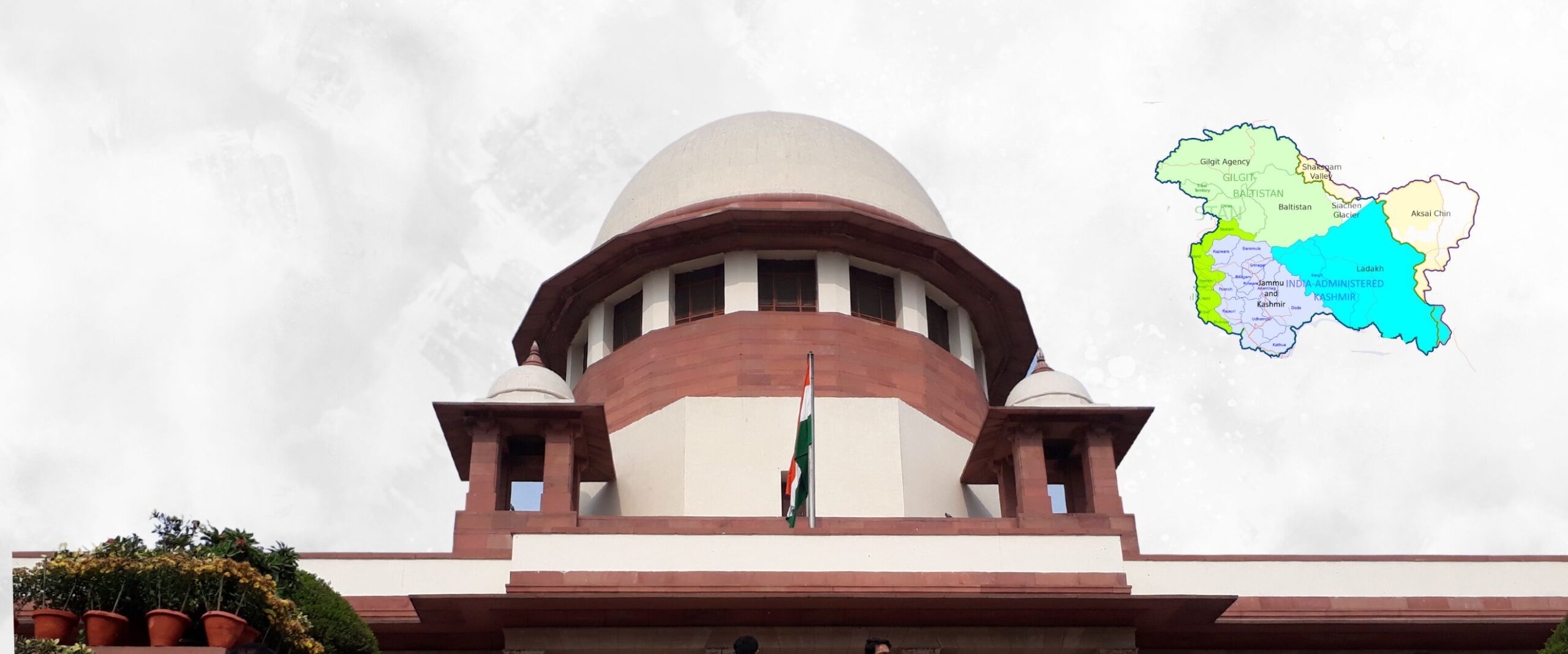
9 PUBLIC INTEREST LITIGATION
The chief instrument through which judicial activism has flourished in India is Public Interest Litigation (PIL) or Social Action Litigation (SAL). Public interest litigation (PIL) refers to litigation undertaken to secure public interest and demonstrates the availability of justice to socially-disadvantaged parties and was introduced by Justice P. N. Bhagwati. It is a relaxation of the traditional rule of locus standi.
Before the 1980s the judiciary and the Supreme Court of India entertained litigation only from parties affected directly or indirectly by the defendant. It heard and decided cases only under its original and appellate jurisdictions.
However, the Supreme Court began permitting cases on the grounds of public interest litigation, which means that even people who are not directly involved in the case may bring matters of public interest to the court. It is the court's privilege to entertain the application for the PIL.
Public Interest litigation (PIL) is one of the most potent weapons the judiciary in India has acquired in recent times, in order to enforce the legal obligation to the executive and the legislature.
The right to issue PIL is available to the Supreme Court and the High courts only.
The concept of the PIL, having its origin in Australia, has emanated from the power of the judicial review of the constitution.
A PIL can be filed by any publicly spirited individual or organisation.
Even a postcard can be treated as a writ petition.
Through the PIL, the Supreme Court has vastly expanded the scope of the fundamental rights by liberally interpreting Art 32 and 226.
